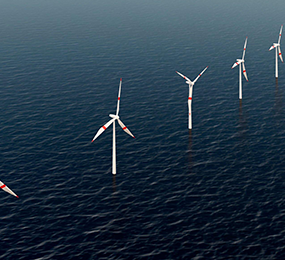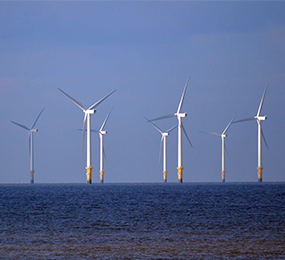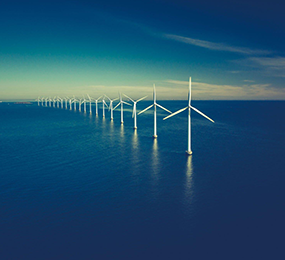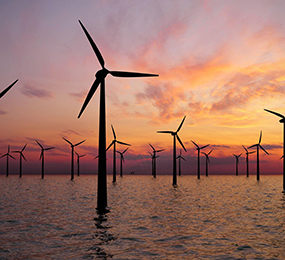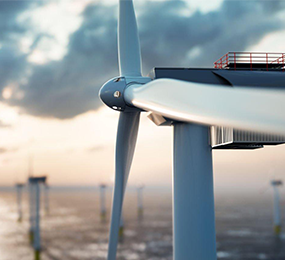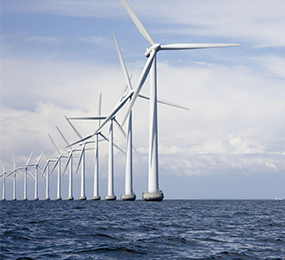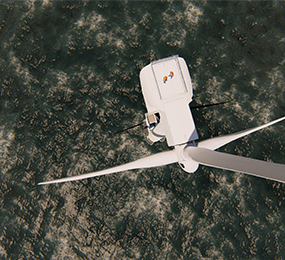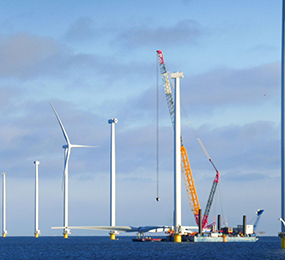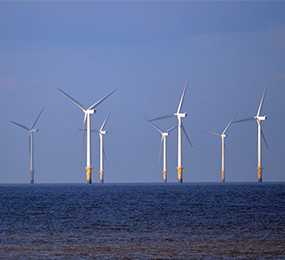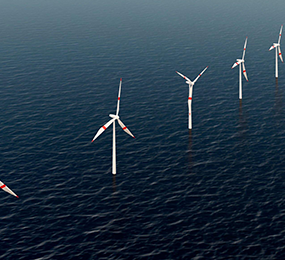Weather conditions play a pivotal role in shaping the performance and resilience of floating wind
turbines. This essay elucidates the multifaceted effects of weather phenomena on these innovative
renewable energy structures, highlighting the challenges and opportunities they present.
Wind Speed and Direction:
Wind speed and direction are fundamental factors influencing turbine output. Strong and consistent
winds are ideal for optimal energy generation, while turbulent or gusty conditions may affect turbine
stability and efficiency.
Wave Dynamics:
Wave dynamics pose significant challenges to floating turbines, impacting both structural integrity and
power production. High waves can induce excessive motion, leading to fatigue and stress on the turbine
components.
Storm Events:
Severe weather events, such as hurricanes and typhoons, pose considerable risks to floating wind
turbines. Robust design and mooring systems are essential to withstand the forces exerted by these
extreme conditions.
Ice Formation:
In colder climates, ice formation on turbine blades and structures can impair performance and pose
safety risks. Anti-icing measures and de-icing systems are employed to mitigate these effects.
Understanding the interplay between weather conditions and floating wind turbine performance is
crucial for optimizing energy production and ensuring the long-term viability of offshore wind farms.
Visit our website to know more: https://www.leadventgrp.com/events/4th-annual-floating-windeurope/details
For more information and group participation, contact us: [email protected]
Leadvent Group - Industry Leading Events for Business Leaders!


